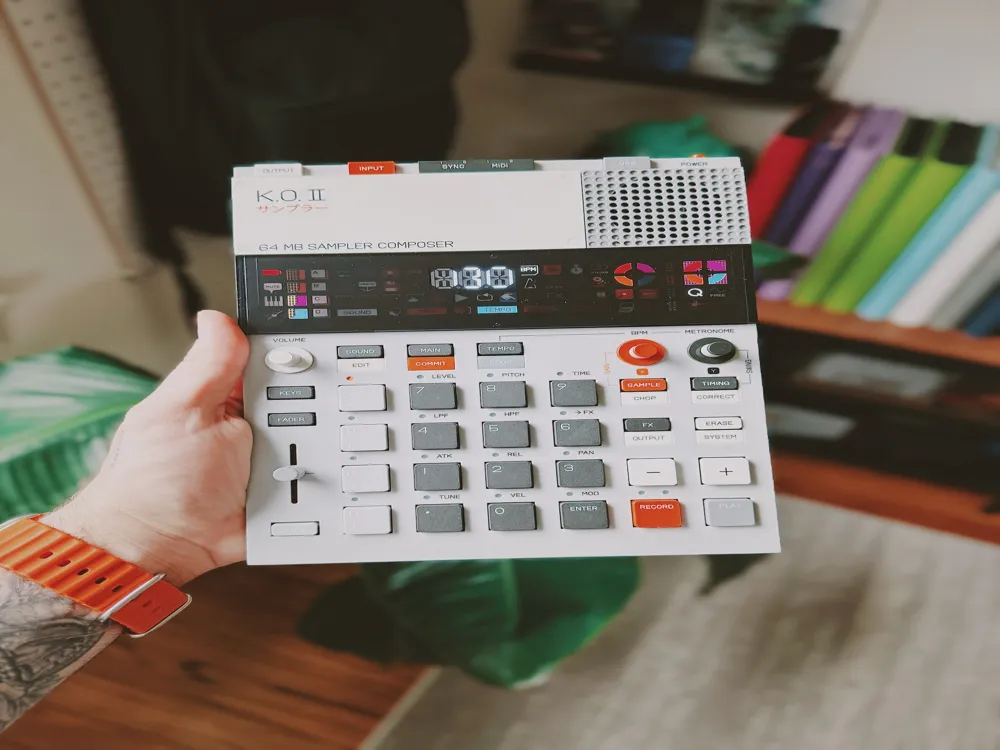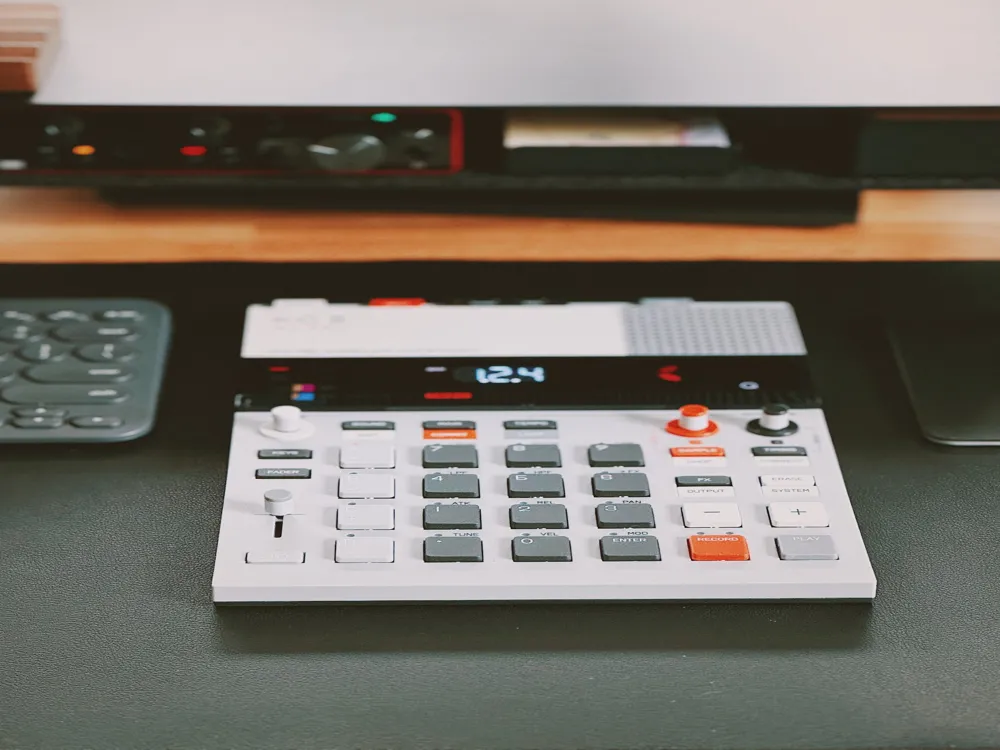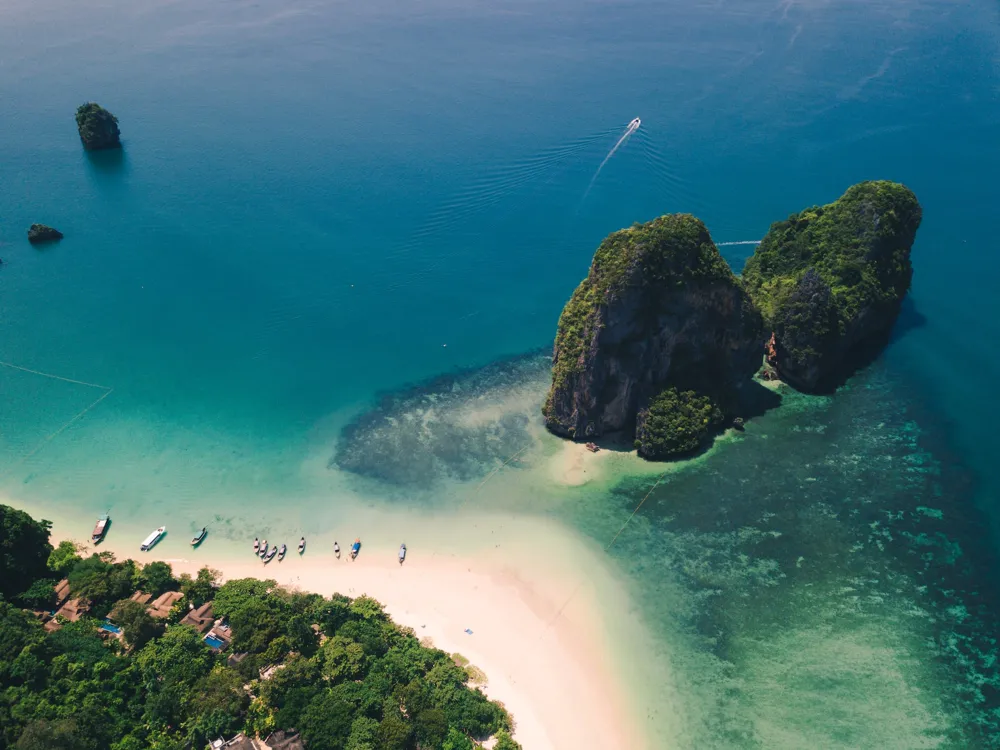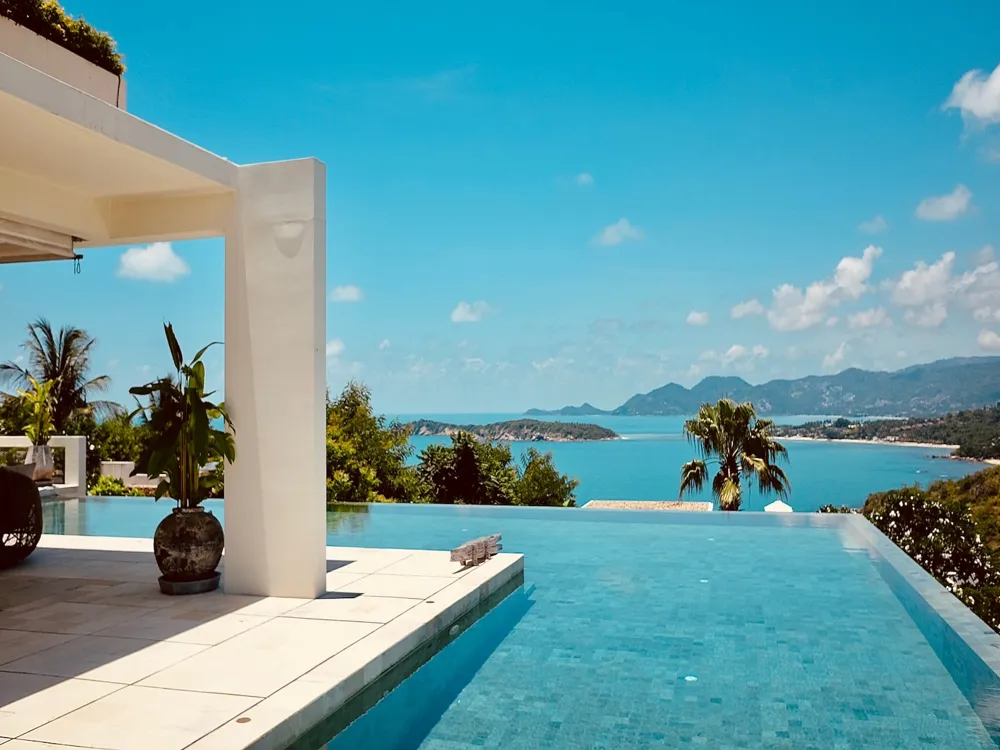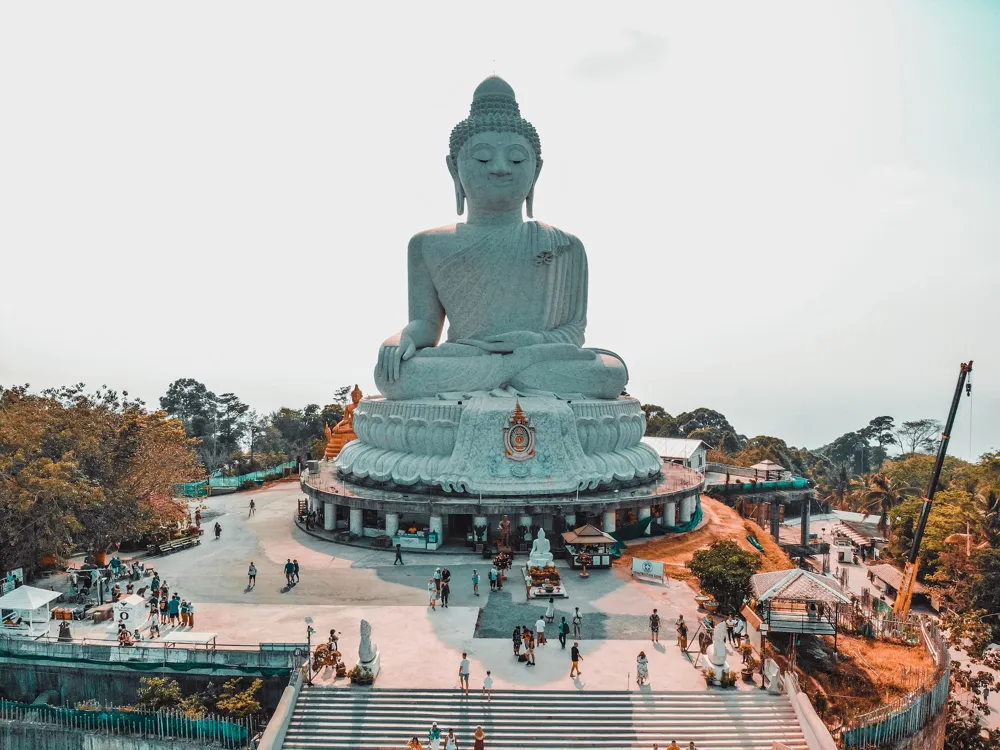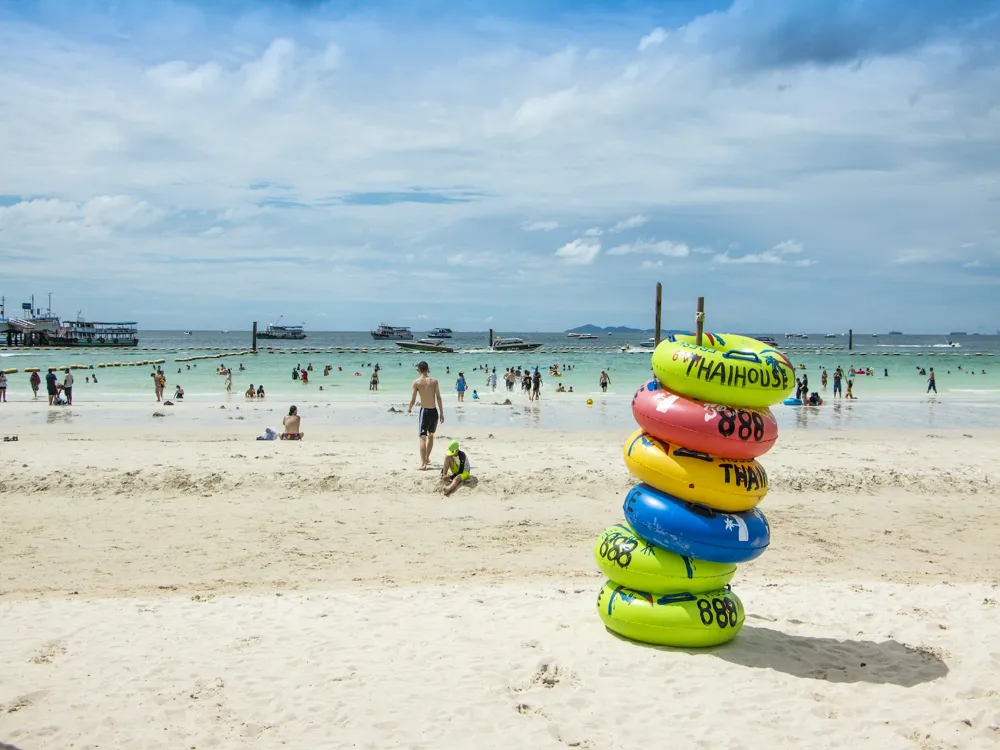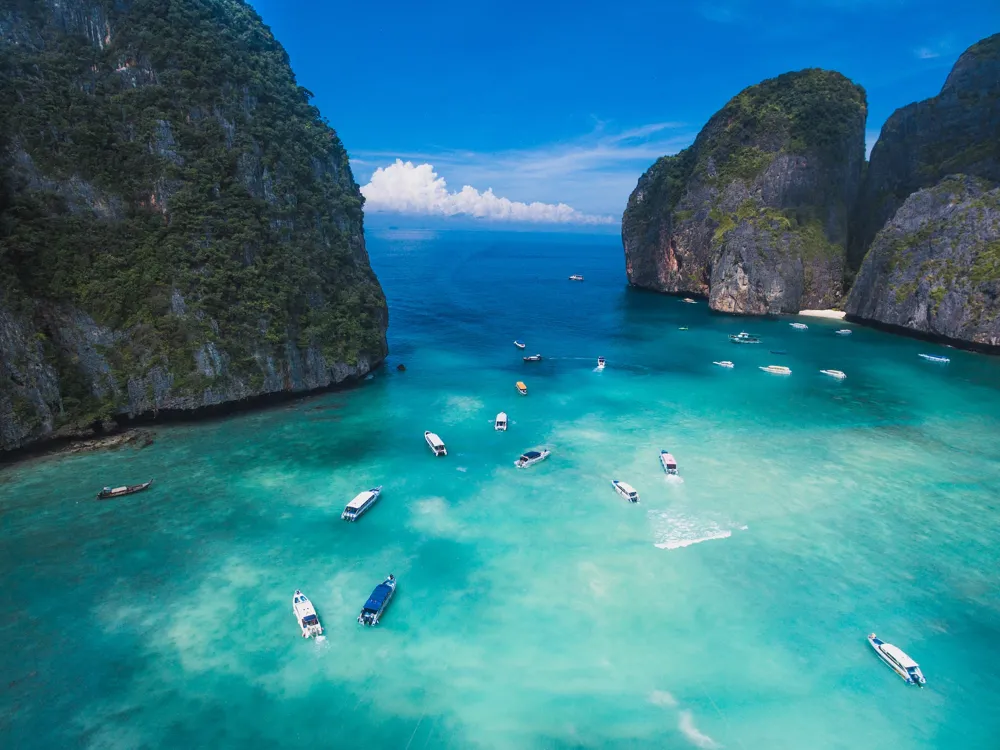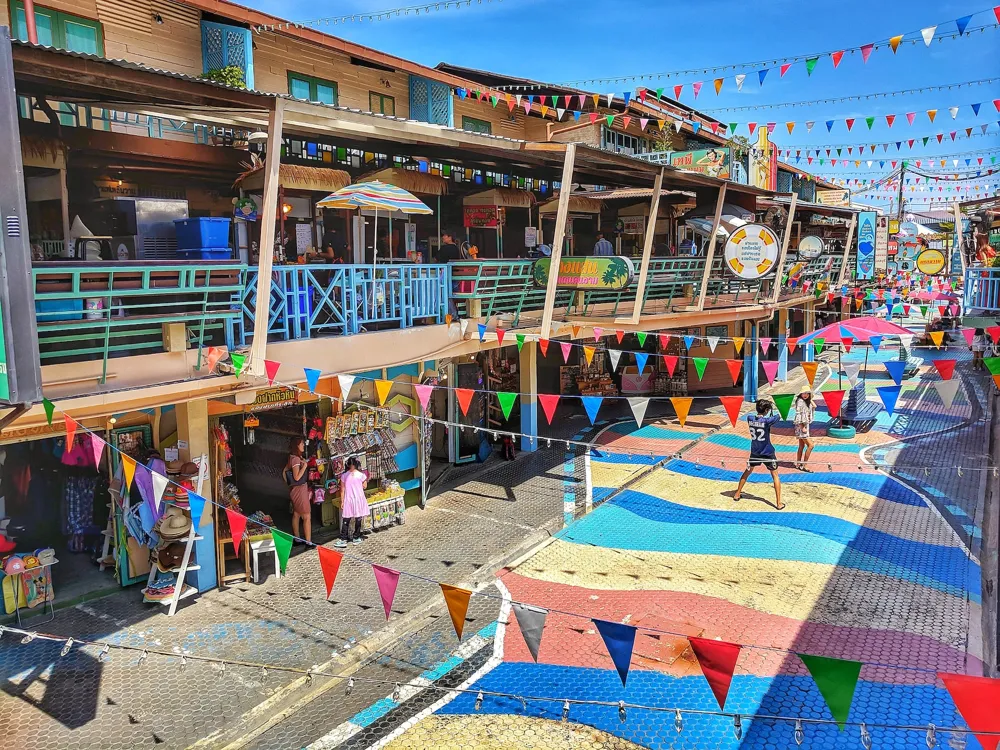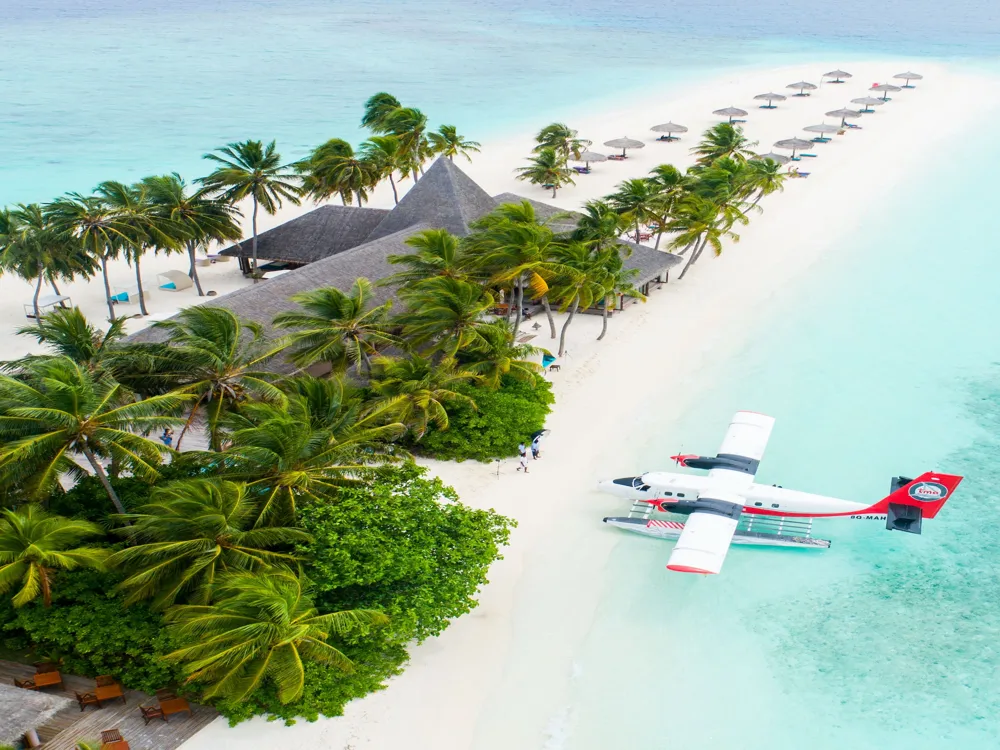Best Time to Visit Ko Jum
Thailand
43 out of 53 Places to visit in ThailandNaN onwards View Packages
Get Customized PackagesThe Land of Diversity
Top Hotel Collections

Private Pool

Luxury Hotels

5-Star Hotels

Pet Friendly
What is the Best Time to Visit Ko Jum?
Planning your trip to Ko Jum? Choosing the best time to visit this hidden gem is crucial for an unforgettable experience. Ko Jum, a pristine island nestled in the Andaman Sea, offers diverse experiences throughout the year. Let's delve into the details to ensure your visit aligns with the ideal conditions.
More about the Best Time to Travel to Ko Jum
Travel Peak Season in Ko Jum
The peak season on Ko Jum unfolds during the dry months from November to March. This period boasts clear skies, gentle breezes, and temperatures ranging from 25 to 32 degrees Celsius. It's the perfect time for sun-seekers, beach enthusiasts, and water activities. Make sure to book your accommodations well in advance, as this season attracts a plethora of travelers eager to bask in Ko Jum's natural splendor.
Travel Offseason in Ko Jum
For those seeking a more tranquil escape, the offseason from May to October presents a unique charm. While the occasional rain shower may bless the island, this period offers solitude and a chance to explore Ko Jum without the crowds. Keep in mind that some facilities may close during this time, but the trade-off is a serene tropical paradise awaiting your discovery.
Ko Jum Travel Packages
View All Packages For Ko Jum
Ko Jum in Shoulder Season
The shoulder season, bridging the gap between peak and offseason, occurs in April and November. During these months, you can enjoy a balanced mix of favorable weather and fewer tourists. It's an excellent compromise for those who wish to avoid the crowds while still relishing Ko Jum's natural beauty.
Ko Jum in Hot Season
From March to May, Ko Jum experiences its hot season. Temperatures rise, creating a warm and sultry atmosphere. This period is ideal for travelers who appreciate the heat and want to make the most of the island's pristine beaches. Don't forget to stay hydrated and embrace the tropical sun during your explorations.
Ko Jum in Rainy Season
Monsoons grace Ko Jum from June to October, bringing occasional rain showers. While this might deter some visitors, adventurous souls will discover a different side of the island. Lush landscapes emerge, and the air is cool and refreshing. It's a unique opportunity to witness Ko Jum's vibrant flora in full bloom.
Ko Jum in Cool Season
From November to February, Ko Jum experiences its cool season, characterized by milder temperatures and a refreshing breeze. This is the pinnacle of the peak season, offering a delightful climate for various activities. Whether you're into water sports, hiking, or simply lounging on the beach, the cool season provides an optimal backdrop for your Ko Jum adventure.
Places To Visit In Ko Jum
Nearby Places Ko Jum
Ko Jum Photos
View All Photos For Ko JumBrowse Package Collections
Browse Hotel Collections
Faq
1. Q: What is the best time to visit Ko Jum?
A: The ideal time to visit Ko Jum is during the dry season, which typically runs from November to April. This period offers pleasant weather with less rainfall, making it perfect for beach activities and exploration.
2. Q: When is the monsoon season on Ko Jum?
A: The monsoon season occurs from May to October. During this time, the island experiences heavy rainfall and rough seas. It is advisable to avoid visiting Ko Jum during the monsoon season due to potential disruptions and limited activities.
3. Q: What is the temperature range throughout the year on Ko Jum?
A: Ko Jum generally enjoys a tropical climate. Temperatures range from 25°C to 32°C (77°F to 89°F). The weather is warm and humid, making it comfortable for beachgoers.
4. Q: Are there any festivals or events that influence the best time to visit?
A: The annual Loy Krathong festival, celebrated in November, is a magical time to visit Ko Jum. During this festival, locals release beautifully decorated floating lanterns into the sea, creating a mesmerizing sight.
5. Q: Is it crowded during the peak tourist season?
A: Yes, the peak tourist season, which aligns with the dry season from December to February, tends to be busier. If you prefer a quieter experience, consider visiting during the shoulder seasons in November or March.



